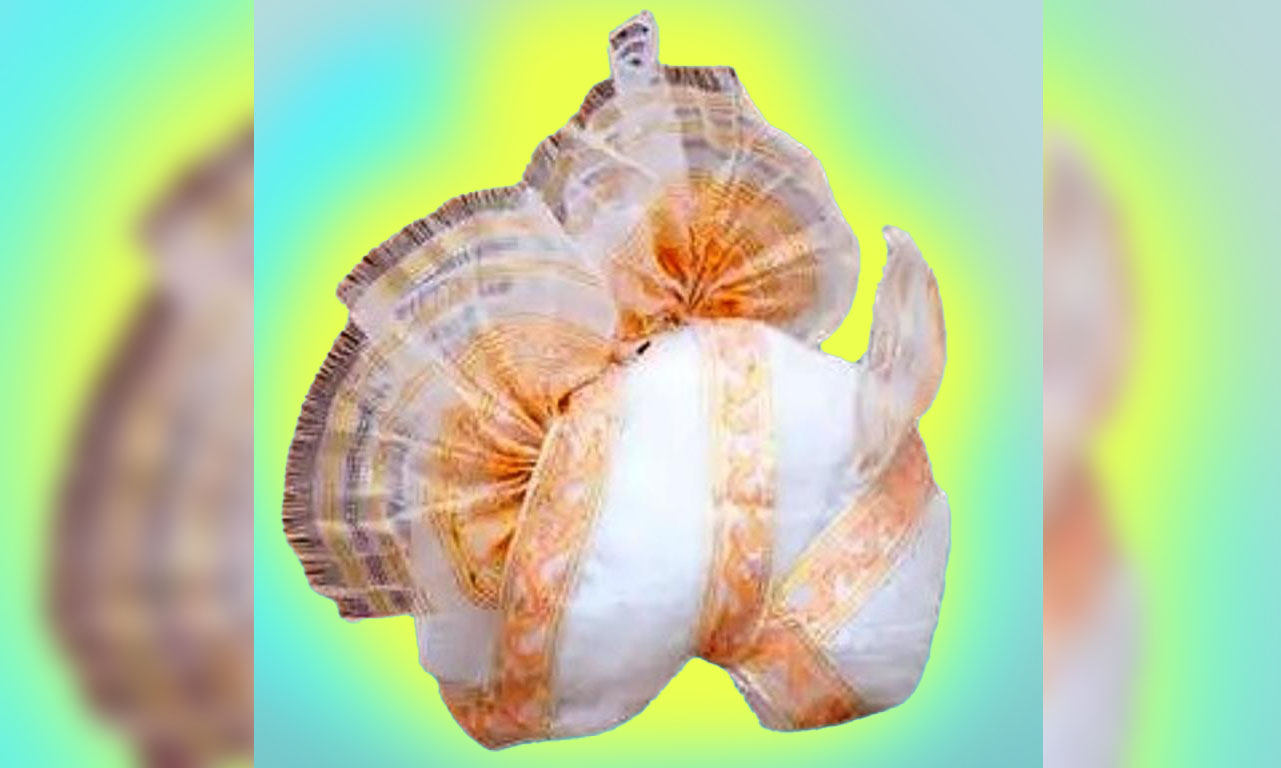The choice of a particular Meitei turban (kokyet) as the ceremonial headgear of marshals in the Parliament should be appreciated. Amidst all the darkness all around in the state today, this choice is an intuitive acknowledgment of civilisational and cultural sophistry of the Manipur civilisation. The turban, like so many attributes of the state, is another beautiful evidence of the confluence of cultures and peoples that Manipur has always been known for. It is a reminder of a past where the place was so accommodative and unobtrusively assimilative of myriad cultural, professional, religious and artistic influences, giving the state not only its uniquely pluralistic face, but also its strong sophistry and foundational strength all resilient societies of the world are blessed with. That is, at least till recent time when rigidity set in, and together with it, divisive forces. Insensitive leadership also accentuated this new trend and ensured the catastrophe of centrifugal forces pulling the state in different directions, a climactic point of which is what we are witnessing today. We do hope this turmoil is only a passing phase, and the state will be back to its beautiful past where a hundred flowers happily bloomed and blossomed together without any contradiction, and those directly affected are helped to pick up their lives from where they were forced so cruelly to leave them.
The artistic evolution of the Meitei turban is an enchanting tale. Unlike what many in the social media’s chattering classes are making it out to be just to get their two minutes of attention as radical non-conformists and a swarm of clicks of approval from the cabal they belong, this turban is not associated with any sacred rituals, but is worn by the groom at the traditional Meitei wedding. Though inclined to the Meitei Vaishnav tradition, like so many other Meitei ways of life, it also carries the DNA of so many other cultural and religious streams which preceded the Vaishnav tradition, giving it a uniquely distinctive artistic character. Those who have lived long enough and have attended wedding for a few decades will have noticed that even as this turban slowly but surely stylised, keeping pace with changing fashion zeitgeists of the place, till it is what we see today, gold rimmed and with a charming flourish of a slanted cloth-end fans at the top.
There are many different turbans of the Meiteis, literally one for every occasion and profession. Hence soldiers of old, farm workers, royalties, crown prince, sibling princes, the king, his nobles, Nat Sankirtan singer and pung drummers, Krishna of the Ras Lila and even the Meira Paibis, all have their distinctive turbans. But the groom’s turban of today probably is closest to what artistic king Chingthangkhomba or Jaising or Bheigyachandra developed for Nat Sankirtan artists, variants of which he and kings after him also wore. Royal turbans though had a unique and no less charming waist-long fanned-out cloth trail to the back. The artistic genius of this visionary artist king is well known. Legend has it that the Ras Lila was revealed to him in a dream in his hour of extreme despair by Lord Krishna himself for him to choreograph into a dance form later. He did just what was commanded to him in the dream and today the dance form is recognised as an Indian Classical Dance, and the Nat Sankirtan which he also choreographed to complement the Ras Lila has been declared in 2013 by UNESCO as a World Intangible Heritage.
Given its artistry and history, maybe the Meitei groom turban is also headed for a similar recognition as another world intangible heritage. So let us take pride in its recognition by the Parliament rather than raise unnecessary storms in teacups. There are those who think since the Meitei Kokyet is to become part of the Parliamentary marshal’s uniform, it is no great honour, but this is flimsy argument. It needs to be remembered that the P-Cap that an army general or an admiral of the navy or top police officers wear, is also worn by their chauffeurs – the only difference being in the decorations on these caps worn by these different ranks.
At some other quarters, not from Manipur though, there are objections to the incorporation of the lotus symbol on the Meitei kokyet to be worn in Parliament for they feel this is aimed at giving a BJP tone to what should remain as a symbol of the nation. It is quite likely the ruling BJP does have this intent in proposing this introduction, but it needs to be remembered that this can prove to be a double-edged knife which can cut either side. Hence, what this can ultimately result in is that the BJP may end up surrendering a symbol that it considers its own exclusively. Once the lotus comes to be seen by the larger public as also part of a national symbol, the BJP may not be able to reclaim it as their own completely, particularly after a spell of being out of power, as indeed someday it would be.













4 thoughts on “Meitei Turban as Parliamentary Uniform is Widely Appreciated Though There Are Also Storms in the Teacups”
Sane voice among the cacophony
Nice idea for biodiverse culture moreover it’s very smart choice of the thinkers
On artistic view it’s a combination of National Flower, Bird & Animal synchronising within a protocol.
Hold your Head high and bolo Jai Hind Bharatmata ki Jai
The writer is a reputed Manipuri journalist with commendable insights. His inputs are impeccable and accurate but what one actually wants to ascertain is —whether the Kokyet Or the Turban is the Meitei original one Or is it something similar? Only when the parliament session starts the suspense will be clarified.
Comments are closed.